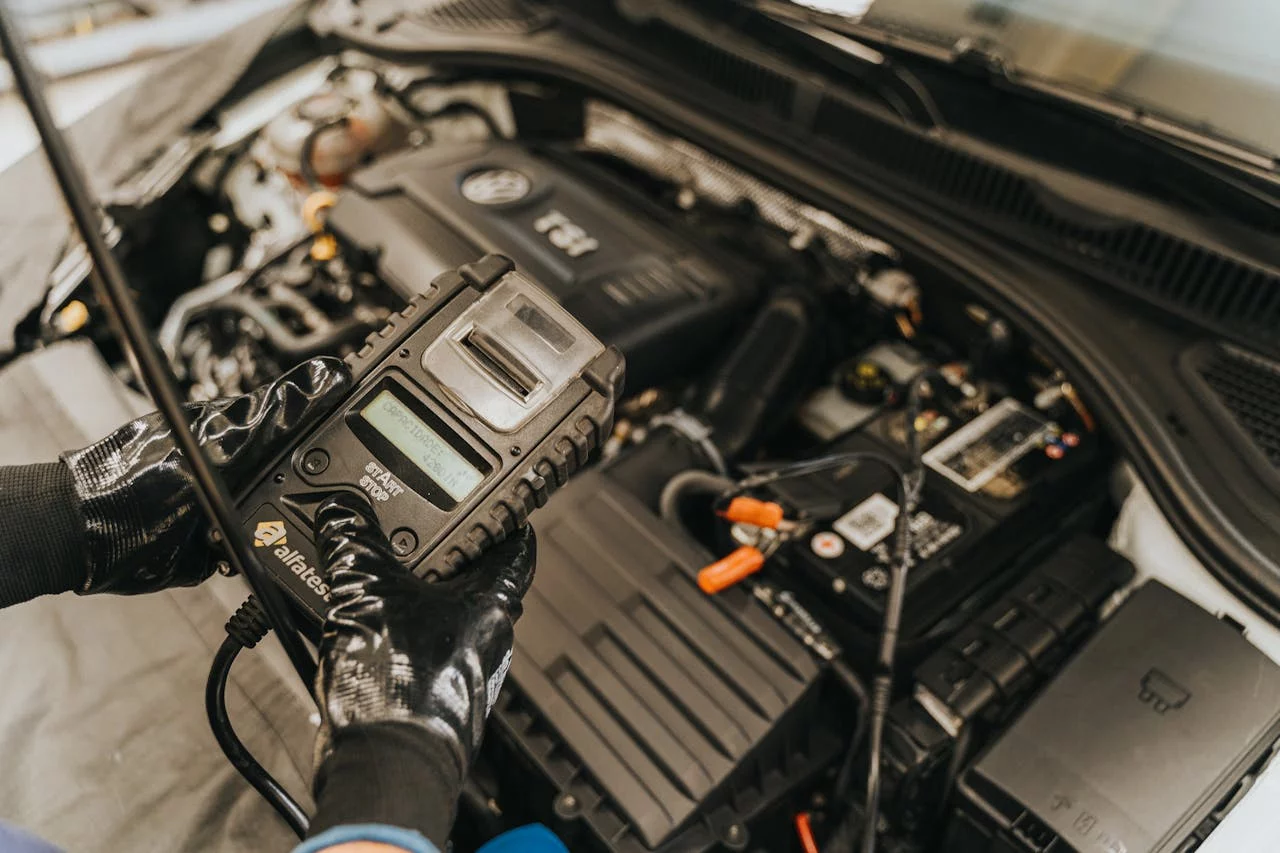What happens if I completely drain a fully functional car battery and then leave it sitting for several months without recharging? Will it naturally recover, or will it become permanently damaged? How does deep discharge affect a lead-acid battery, and what role does sulfation play in its potential failure? If the battery is left in a cold climate, is there a risk of the electrolyte freezing, causing irreversible internal damage?
Conversely, if stored in a hot environment, will self-discharge rates accelerate, further reducing the battery’s ability to recover? If I attempt to recharge a deeply discharged car battery, what are the best methods—can a solar trickle charger revive it, or do I need a smart charger with a desulfation mode? At what voltage level does a 12V car battery become unsalvageable, and how can I tell if it needs to be replaced rather than recharged?
If you run a fully functional car battery completely flat and then leave it sitting for a few months without charging, it’s probably dead for good.
Here’s what happens:
Sulfation Will Ruin the Battery
Car batteries (lead-acid) don’t like being fully discharged. When left flat, lead sulfate crystals form on the plates inside. The longer it sits, the harder these crystals get, making it nearly impossible for the battery to hold a charge again.
Self-Discharge Will Make Things Worse
Even when not in use, a battery slowly loses charge over time. A healthy battery might lose around 5% per month, but a dead-flat battery is already in trouble. After a few months, it’s likely well below the recovery threshold.
Charging It Later Might Not Work
After sitting flat for months, even if you hook it up to a charger, it may not accept a charge at all. Smart chargers often won’t even recognize a deeply discharged battery. You’d need a special trickle charger or desulfator to even attempt reviving it—and even then, the chances are slim.
Bottom Line It’s Probably a Goner
If you drain a car battery and leave it for months without charging, expect to replace it. If this happens, next time, keep it on a trickle charger or disconnect it to prevent deep discharge.
Trying to Revive The Battery With a Trickle Charger
If you have a solar panel trickle charger, you might be able to revive the battery, but it depends on how deeply discharged it is and how long it’s been sitting. Here’s the best approach:
Check the Battery Voltage First
Before attempting a charge, use a multimeter to check the battery’s voltage:
- 12.6V – 12.8V → Fully charged (unlikely in this case)
- 12.4V – 12.5V → Partially charged, can be recharged easily
- 10V – 12V → Deeply discharged, but may still recover
- Below 10V → Severely discharged, difficult to revive
- Below 5V → Probably dead
If your battery is below 10V, a solar trickle charger alone may not be strong enough to bring it back.
Use a Solar Charger with a Controller
If your solar panel is 5W – 15W, it’s good for maintaining a battery but not ideal for reviving a dead one. If it’s 20W or higher, you have a better chance.
- If your solar panel doesn’t have a charge controller, it could overcharge the battery (if it miraculously takes a charge). A basic PWM charge controller helps regulate voltage safely.
Slow and Steady Charging
- Connect the solar charger in direct sunlight and leave it for a full day.
- Measure the voltage again after 24 hours. If it’s rising, the battery may still be salvageable.
- If no change, the battery might not be accepting charge at all.
Jumpstart with a Low-Amp Charger (If Solar Fails)
If the battery won’t take a charge from solar alone, you can try using a low-amp charger (1A-4A) or a desulfator charger for several hours or days. Some smart chargers have a “reconditioning” mode for deeply discharged batteries.
Load Test Before Using
Once the voltage gets back above 12V, test the battery by hooking it up to a car or using a battery load tester. If it struggles to hold charge or drops quickly under load, it’s toast—time for a replacement.
Bottom Line
- Solar trickle chargers are great for maintaining batteries, but not ideal for reviving dead ones.
- If the battery is above 10V, solar charging might work if left for several days.
- If it’s below 10V, a low-amp charger is a better option.
- If it won’t hold a charge after being revived, it’s time to replace it.

